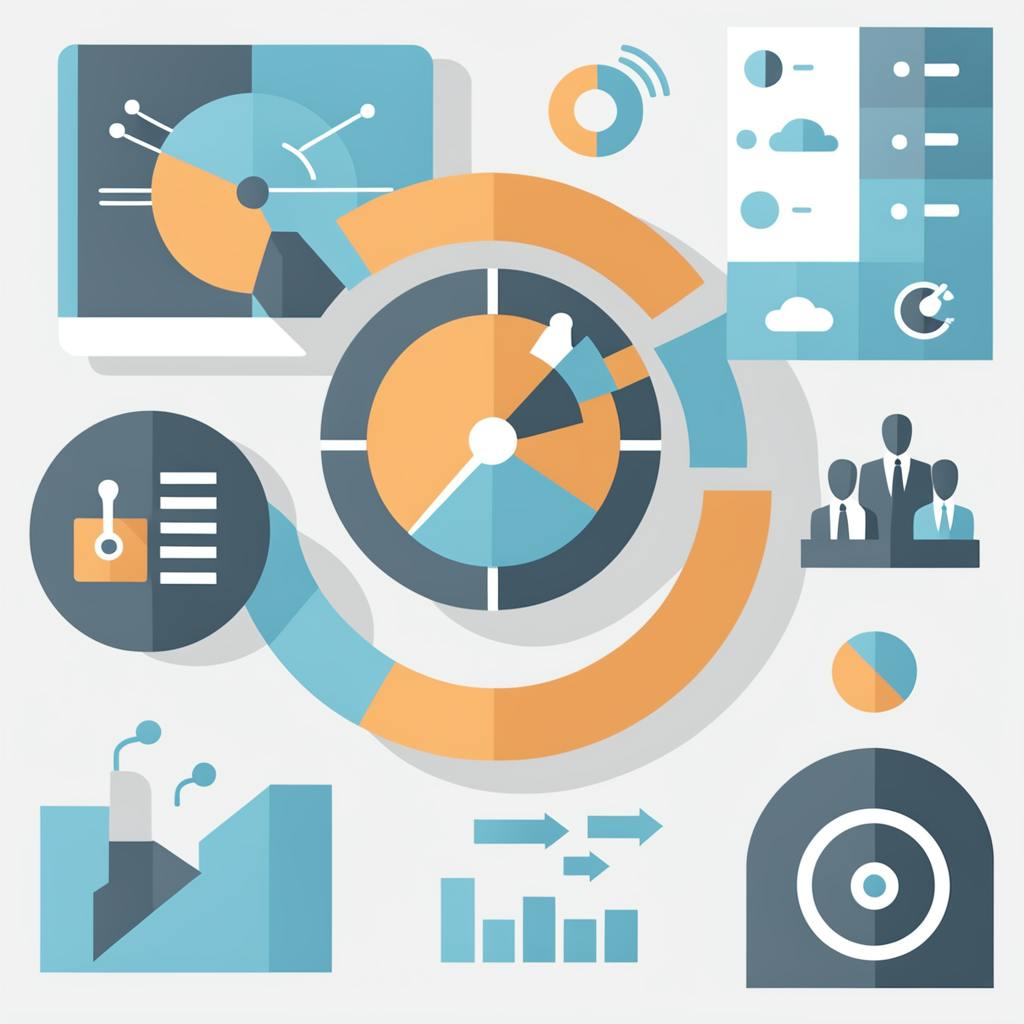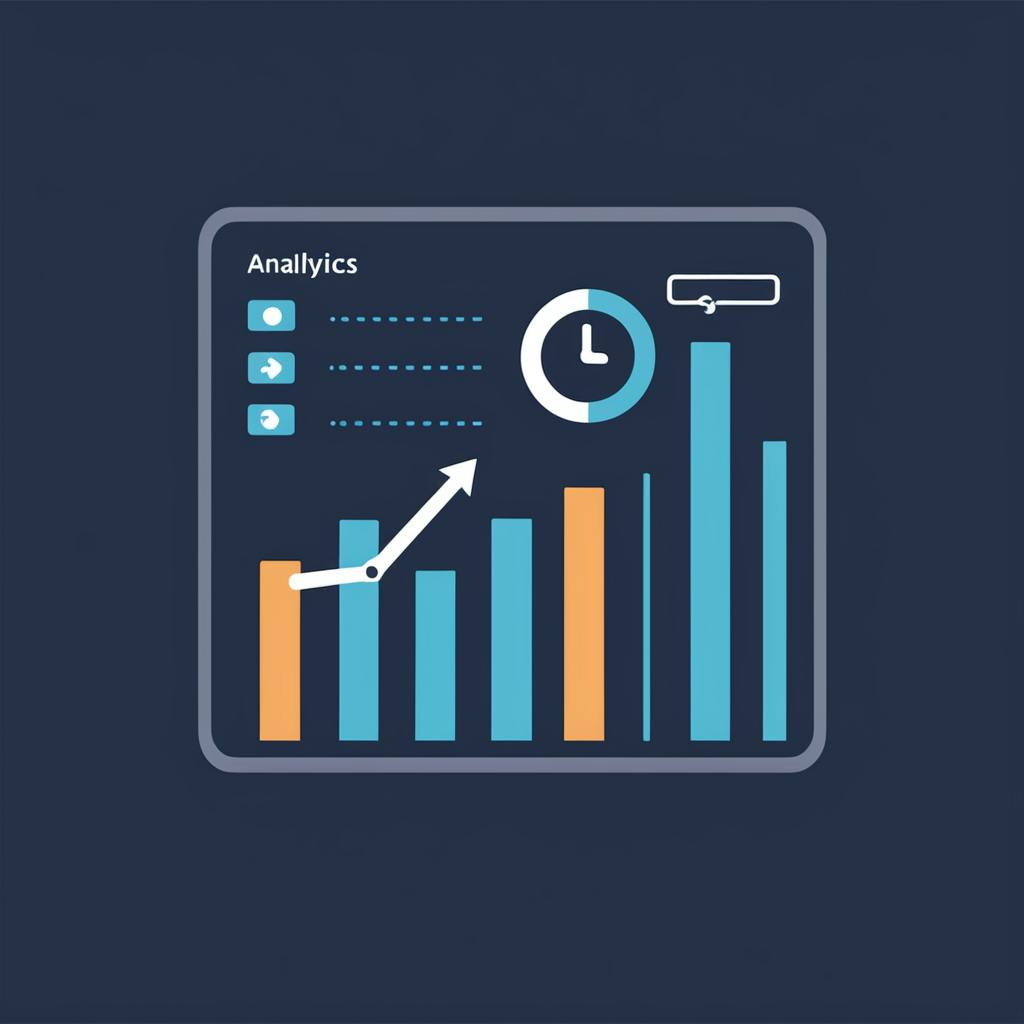Marketing and analytics have become increasingly intertwined in today's data-driven business environment. As market dynamics continuously evolve, organizations are leveraging predictive marketing analytics to anticipate trends, optimize strategies, and drive superior outcomes. The fusion of marketing and data analytics has enabled businesses to delve deeper into customer behavior, refine their marketing efforts, and enhance decision-making processes.
The Evolution of Predictive Marketing Analytics
Predictive marketing analytics represents the forefront of business intelligence, utilizing advanced algorithms and machine learning to forecast future trends based on historical data. These advancements have revolutionized marketing analytics, enabling companies to move beyond traditional methods of data interpretation to an analytics-driven paradigm.
Key Aspects of Predictive Marketing Analytics
- Data Collection and Integration: Marketing and analytics tools now enable the seamless collection and integration of vast datasets from diverse sources. Social media analytics, web traffic metrics, and customer transaction data can be aggregated to form a holistic view of customer activity and preferences.
- Algorithmic Advancements: Enhanced algorithms, driven by machine learning and artificial intelligence, facilitate the categorization and interpretation of complex data patterns. These sophisticated models can now predict customer lifetime value, churn rates, and propensity to purchase with unprecedented accuracy.
- Real-Time Analytics: The advent of real-time analytics has empowered businesses to make timely and informed decisions. Instantaneous insights from marketing analytic platforms equip marketers with the necessary tools to adjust campaigns on-the-fly, ensuring alignment with evolving market trends.
The Impact on Business Strategy
Predictive marketing analytics has radically transformed the strategic planning landscape. Here's how businesses benefit:
- Customer Segmentation: AI-driven analytics enhance customer segmentation by identifying intricate behavioral patterns and demographic trends. Marketing strategies can be fine-tuned to target high-value segments more effectively, bolstering conversion rates.
- Campaign Optimization: Real-time feedback loops enable marketers to refine campaigns dynamically. By continuously analyzing performance metrics, businesses can optimize messaging, deliver personalized content, and allocate budgets more efficiently.
- Proactive Planning and Risk Mitigation: Predictive models allow organizations to anticipate market fluctuations and consumer behavior changes. This foresight facilitates proactive planning and risk mitigation strategies, helping businesses remain resilient and agile.

AI made with Stephanie Jagiello
Frequently Asked Questions About Marketing and Analytics
What skills are essential for marketing and analytics jobs?
Proficiency in data science, statistical analysis, and machine learning is paramount. Additionally, a strong understanding of marketing principles, customer behavior analytics, and data visualization techniques is highly beneficial.
How can small businesses leverage marketing data analytics?
Small businesses can leverage cloud-based analytics platforms to gain valuable insights without investing in extensive infrastructure. By focusing on core metrics like customer acquisition cost (CAC) and lifetime value (CLV), they can make data-driven decisions to optimize their marketing efforts.
What industries benefit the most from predictive marketing analytics?
Virtually all industries can benefit from predictive marketing analytics. However, e-commerce, retail, financial services, and healthcare are particularly well-positioned to leverage predictive insights due to the sheer volume of customer interaction and transactional data they generate.
What Are the Latest Advancements in Predictive Marketing Analytics?
In recent years, predictive marketing analytics has seen transformative advancements owing to technological innovation and methodological refinements. Key developments include:
- Machine Learning and AI: Improved algorithms have enhanced the accuracy of predictions by identifying patterns in large datasets that humans might miss. Natural language processing (NLP) and computer vision are also being used to analyze customer sentiment and behavior more precisely.
- Real-Time Analytics: With the advent of real-time data processing engines like Apache Kafka and Apache Flink, companies can now analyze customer behavior and adapt marketing strategies almost instantaneously.
- Advanced Customer Segmentation: Leveraging unsupervised learning, businesses can now create hyper-personalized customer segments, allowing for more targeted and effective marketing campaigns.
- Increased Data Integration: Integrating data from multiple sources—such as CRM systems, social media platforms, and IoT devices—provides a 360-degree view of customers, enabling more accurate predictions.
- Predictive Sales and Customer Lifetime Value (CLV) Models: Enhanced modeling techniques allow businesses to forecast not just immediate sales but also the long-term value each customer brings, enabling smarter investment in customer retention strategies.
How Are Predictive Marketing Analytics Forecasting the Future of Businesses?
Predictive marketing analytics forecast the future of businesses in several ways:
- Demand Forecasting: By analyzing historical data and current market trends, predictive analytics can forecast future product demand, allowing companies to manage inventory more efficiently and reduce overhead costs.
- Customer Churn Prediction: Predictive models can identify patterns that precede customer churn, allowing businesses to intervene with retention strategies before it’s too late.
- Sales Forecasting: By evaluating past sales data, seasonality, and external factors (such as economic indicators), predictive analytics can provide accurate sales forecasts, helping businesses set more realistic targets and budgets.
- Campaign Effectiveness: By predicting how different customer segments will respond to various marketing campaigns, predictive analytics helps businesses allocate their marketing budgets more effectively, maximizing ROI.
- Customer Engagement: Predictive analytics can identify the optimal times and channels to engage with customers, thus enhancing customer experience and engagement rates.

AI made with Stephanie Jagiello
What Impact Do Advancements in Marketing Analytics Have on Predictive Business Strategies?
Advancements in marketing analytics have a significant impact on predictive business strategies in various ways:
- Enhanced Strategic Planning: With more accurate and detailed insights, businesses can formulate long-term strategies that are more resilient to market fluctuations and competitive pressures.
- Proactive Decision Making: Advanced analytics enables businesses to anticipate issues and opportunities before they arise, allowing for proactive rather than reactive management.
- ROI Optimization: By precisely targeting the right audience segments and customizing marketing efforts, businesses can achieve higher conversion rates and better overall campaign performance.
- Risk Management: Predictive analytics can identify potential risks and vulnerabilities in business strategies, allowing companies to mitigate these risks early on.
- Innovation and Product Development: Enhanced understanding of customer needs and preferences can inspire innovation and guide product development, ensuring new offerings are well-received in the market.
The advancements in predictive marketing analytics have paved the way for a transformative impact on the business landscape. By harnessing sophisticated data collection techniques, cutting-edge algorithms, and real-time analytics, companies can transform their marketing strategies into precise, data-driven blueprints for success. As marketing and data analytics continue to evolve, businesses that embrace these innovations will be well-equipped to forecast the future and secure a competitive edge in their respective industries.

